Have you ever heard of keloids? They are those unsightly bumps that often appear after surgery or any kind of injury.
Keloids are benign tumors that develop from overactive skin cells. They usually appear after a minor cut or scrape. The condition is characterized by raised, red bumps that can become painful and unsightly. Keloids usually occur on the face and neck.
While some people just accept them as part of life, others try to treat them using various methods.
There are two types of treatments available for keloids: surgical excision and non-invasive procedures. Non-invasive procedures include cryotherapy, laser therapy, topical medications, silicone gel sheeting, intralesional steroids, radiation and other modalities.
Ayurveda has been used for thousands of years to treat various ailments. In recent times, it has become very popular among people all around the globe due to its effectiveness and affordability.
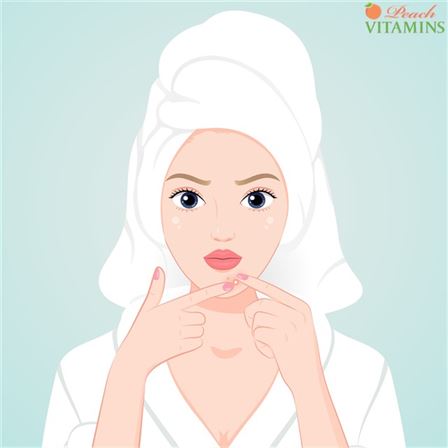
Ayurvedic Remedies for Keloids
Keloids are unsightly growths that develop when skin cells divide too quickly. They usually appear after some skin type of injury or trauma, such as a burn, surgery, or acne breakout.
While there is no cure for keloids, Ayurvedic remedies may help reduce their appearance. This combined treatment includes herbal medicines, diet, exercise, meditation, yoga, and massage.
Ayurvedic medicine uses herbs, minerals, and oils to treat disease. The goal is to balance the body’s doshas (vata, pitta, and kapha) and eliminate toxins.
Ayurveda is based on the belief that our bodies are self-healing systems. Our health depends on maintaining a healthy environment within our bodies. This includes balancing our doshas, eliminating toxins, and nourishing our tissues with proper nutrition.
Ayurvedics believe that illness results from imbalances in our doshas. To restore balance, we need to eat foods that support our unique constitution. We must also avoid foods that aggravate our doshas.
Ayurvedics recommend eating seasonal fruits and vegetables, including those grown locally. They also suggest avoiding processed food, refined sugars, alcohol, caffeine, and tobacco products.
Ayurvedas focuses on treating the whole person, not just the symptoms. In this way, Ayurvedic medicine helps people feel better and live longer.
What Causes Keloids?
Keloids are benign tumors that form when skin cells multiply uncontrollably. They’re usually found on the elbows, knees, back, shoulders, buttocks, chest, neck, scalp, face, hands, feet, and genitals.
Some people believe keloids are hereditary, while others say that genetics play no role in causing them. Some people believe stress triggers that keloid formation, while others blame allergies, sunburns, or infections.
Regardless of the cause, keloids are painful and unsightly. They can be very difficult to treat, especially if they’re large.
Ayurvedic medicine offers a safe and effective natural treatment option for keloids. The Ayurvedic approach to treating keloids involves cleansing the body through detoxification, followed by herbal treatments and lifestyle adjustments.
But for about 10 percent of people, even minor injuries can create scars that are excessively large, raised, and dark in color.
Source: (medicalnewstoday.com)
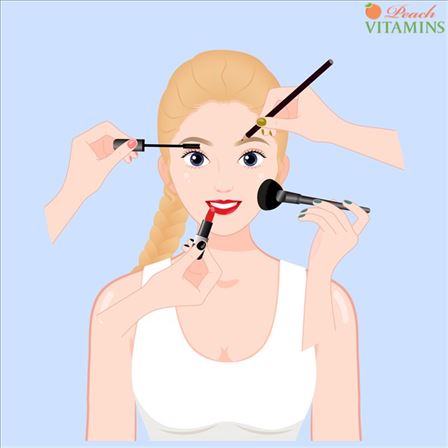
Keloid Symptoms
Keloids are benign tumors that form when skin cells multiply uncontrollably. They’re usually raised bumps on the skin surface, most often on the face, neck, shoulders, arms, chest, back, buttocks, thighs, knees, ankles, feet, hands, fingers, palms, elbows, wrists, forearms, and shins.
They can be painful and unsightly and sometimes cause scarring. Keloids can appear at any age, but they’re most common among teenagers and young adults.
People who have had keloids develop them again after treatment. The only way to prevent keloids is to avoid triggering factors, such as sunburns, friction, and infection.
What Foods to Avoid if You Have Keloids?
If you have keloids, avoid certain foods because they contain ingredients that stimulate cell growth. Some foods to avoid include milk, cheese, eggs, wheat, soybeans, peanuts, and shellfish.
Other foods to eat include fish, chicken, turkey, beef, pork, lamb, and seafood. These foods contain nutrients that help prevent keloids.
Sufficient water intake is important during your keloid treatment plan. Drinking plenty of fluids will keep your immune system strong, flush out toxins, and maintain optimal hydration levels.
How Do I Know If My Keloids Are Healing?
In order to know whether your keloids are healing, it’s important to pay attention to your progress. It’s normal to experience some swelling and discoloration around the affected area. Your physician may advise using a sunscreen with SPF 30 or higher to protect against further damage from the sun.
You should seek medical care immediately if:
• You notice new lesions forming.
• A lesion breaks open and bleeds.
• A lesioned area becomes infected.
• An existing lesion gets larger than 6 cm (2 inches) across.
Though keloids can occur in any skin type, they are more likely to form in: those who have a family history of keloids people under 30, especially teenagers going through puberty
Source: (medicalnewstoday.com)
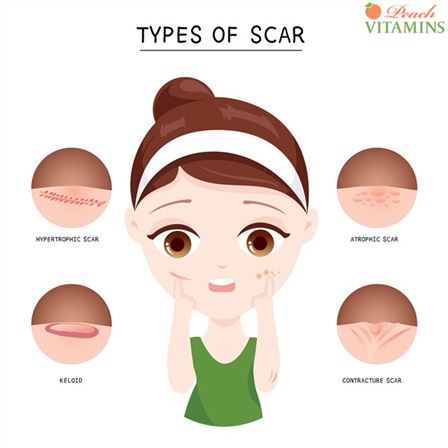
Navkarshik Churna
Navkarshik churna is a traditional Ayurvedic herb used to treat skin conditions. It works by stimulating blood flow to the affected area, promoting healing and helping to prevent future outbreaks.
Ayurvedic herbs work differently than Western drugs. They’re not designed to kill bacteria or viruses; instead, they stimulate the body’s natural defenses to heal itself.
This means that they won’t cure every case of keloids, but they may help prevent them from recurring.
If you suffer from keloids, talk to your doctor about taking Navkarshik churna.
Kanchnar Guggulu
Guggulu is an herb used in Ayurvedic medicine. It’s been used for centuries to treat skin conditions.
Ayurvedic doctors use guggulu to treat keloids, a type of scarring that occurs when the body produces too many cells.
Keloids are usually treated with surgery, radiation, or steroids. But there’s another treatment option available—guggulu.
Guggulu works by reducing inflammation, which reduces the appearance of keloids. It also helps reduce pain and itching associated with keloids.
Arogyavardhini Vati
Arogyavardhin (also known as Arogyawardhi) is a herb used in Ayurvedic medicine. It is commonly used to treat skin conditions such as severe acne, eczema, psoriasis, and keloids.
Ayurvedic medicine is based on the principles of nature, including the belief that everything in nature has its own unique healing properties.
One of these natural healing properties is the use of herbs and spices. The ancient Indian system of medicine known as Ayurveda uses many herbs and spices to treat various ailments. One of those herbs is called arogya varti (also spelled arogyavardhini vati). This herb is used to treat keloids.
If you’ve ever had a keloid, you know how painful and unsightly they can be. Fortunately, there are effective treatments available today.
However, there are some risks associated with certain types of treatment. So it’s important to understand the benefits and drawbacks of each option.
That’s where Ayurvedic medicine comes in. Arogya varti is a safe and effective herbal remedy for keloids. It’s been used for centuries to treat this condition.
Arogya varti contains several active ingredients that help reduce inflammation, prevent scarring, and encourage healthy cell growth. These ingredients include turmeric, ginger, black pepper, and long pepper.
These four ingredients work together to create a powerful anti-inflammatory blend. In fact, arogya vartis are considered one of the best remedies for keloids.
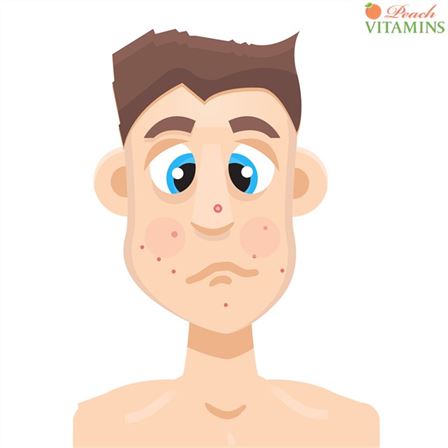
Can Aloe Vera Cure Keloid?
Aloe vera is a plant native to Africa and Asia. It’s been used for thousands of years to treat burns, wounds, ulcers, and skin conditions.
While aloe vera doesn’t cure keloids, it helps reduce inflammation and speed healing. So if you’ve tried everything else and nothing seems to work, consider trying aloe vera.
Here’s another option: Try applying aloe vera gel directly to the affected area. This works well because the gel contains natural anti-inflammatory properties.
Is Turmeric Good for Keloids?
Turmeric is a spice that comes from the root of the plant Curcuma longa. It’s been used for thousands of years in India and China for its medicinal properties.
Curcumin, the active ingredient in turmeric, has anti-inflammatory and antioxidant properties. It’s believed to help reduce inflammation and scarring associated with keloids.
Turmeric is available at health food stores and online retailers. You can buy it in powder form or extract it from fresh turmeric roots.
You can mix turmeric with honey and apply it topically to the affected area. Or you can add it to your diet. Some people even drink turmeric tea.
There’s no evidence that turmeric cures keloids, but it may help prevent them. And if it helps, it’s worth trying.
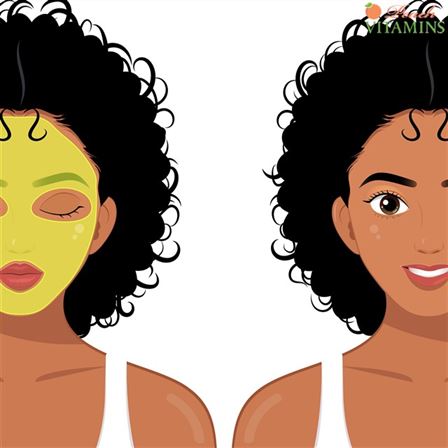
Can Garlic Remove Keloids?
While there is no cure for keloids, some treatments work better than others. One treatment that works well is applying crushed garlic directly to the affected area. The active ingredient in garlic is called allicin, and it helps reduce inflammation and stimulate collagen synthesis production.
The original wound healer, garlic, also contains compounds that fight bacteria and viruses. That makes it useful for treating infections.
Garlic is easy to find at grocery stores and pharmacies. Simply crush a clove and rub it on the affected area.
It’s not recommended to eat raw garlic, so don’t try eating whole cloves. Instead, choose prepared garlic products such as garlic salt, garlic oil, or garlic capsules.
What About Ginger?
Ginger as an Ayurvedic treatment for keloids is very popular. It’s been used throughout history to relieve pain and promote healing.
Ginger contains oils that have antibacterial properties. It also reduces swelling and promotes circulation.
Many people use ginger externally to treat minor injuries and sore muscles. But according to Traditional Chinese Medicine (TCM), ginger should be taken internally to support overall health.
Does Lemon Juice Get Rid of Keloids?
One of the most popular natural remedies is lemon juice. Many people swear by its effectiveness, and it’s been used for centuries to treat various ailments.
Lemon juice contains citric acid, vitamin C, and bioflavonoids. These ingredients help prevent cell growth and may reduce inflammation.
Some studies suggest that lemon juice helps reduce scar tissue formation. However, there aren’t any scientific studies proving this claim.
There are two ways to apply lemon juice to keloids. The first way involves rubbing lemon juice directly onto the affected area. The second method involves applying lemon juice to cotton balls and placing them over the keloid.
Both methods work well, but the latter is often preferred because it doesn’t require direct contact between the keloid and the lemon juice.
Another benefit of using lemon juice is that it’s inexpensive and readily available at grocery stores.
If you want to try lemon juice for yourself, here are some tips:
• Apply lemon juice to the keloid once daily.
• Use fresh lemon juice, not bottled lemon juice.
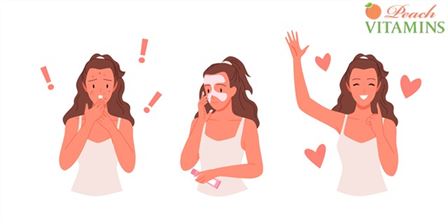
Can Honey Cure Keloids?
Honey is a natural remedy used throughout history to treat many ailments, including keloids. Bees collecting nectar from flowers make honey. The honey contains enzymes that break down sugars and proteins, making it a great way to heal wounds.
Honey is also antibacterial, antifungal, antiviral, anti-inflammatory, and antioxidant. So, it makes sense that honey would be effective at treating keloids.
While honey doesn’t cure keloids, it seems to help reduce symptoms. Therefore, it’s worth trying for yourself.
Does Vaseline Help Keloids?
Vaseline helps keloids because it moisturizes skin and reduces itching. However, Vaseline should be used sparingly for keloid treatment because it may cause irritation and dry skin.
Keloid scars itch more than normal scars, so it’s important to use only minimal amounts of Vaseline. It shouldn’t be applied every day. Instead, apply it as needed when you notice signs of itching.
Vaseline has other benefits too. It protects against sunburns, prevents chapping, and keeps lips soft. Plus, it’s cheap and easily found at drugstores or grocery stores.
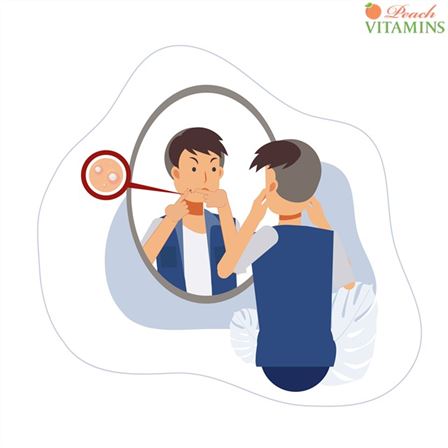
Keloid Treatment in Ayurveda: Final Thoughts
Keloid treatment in Ayurveda isn’t as difficult as you might think. In fact, it’s quite easy. All you need to do is follow the steps outlined above.
If you’re interested in learning more about keloid prevention, I recommend scheduling a free consultation with Ayurvedic practitioner Cosmic Mike. His experience with keloids can help you develop a plan for preventing and/or curing your own keloids.
